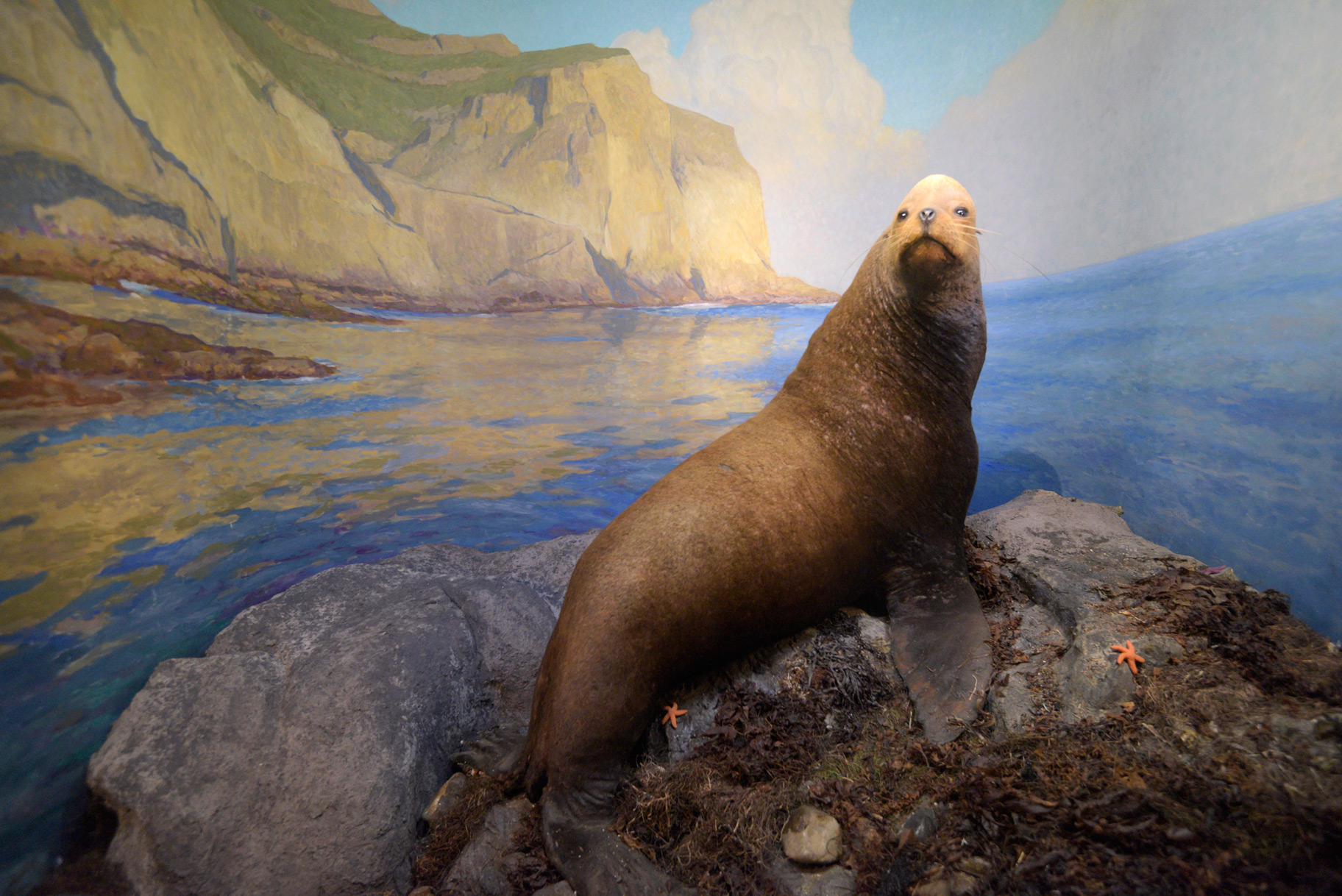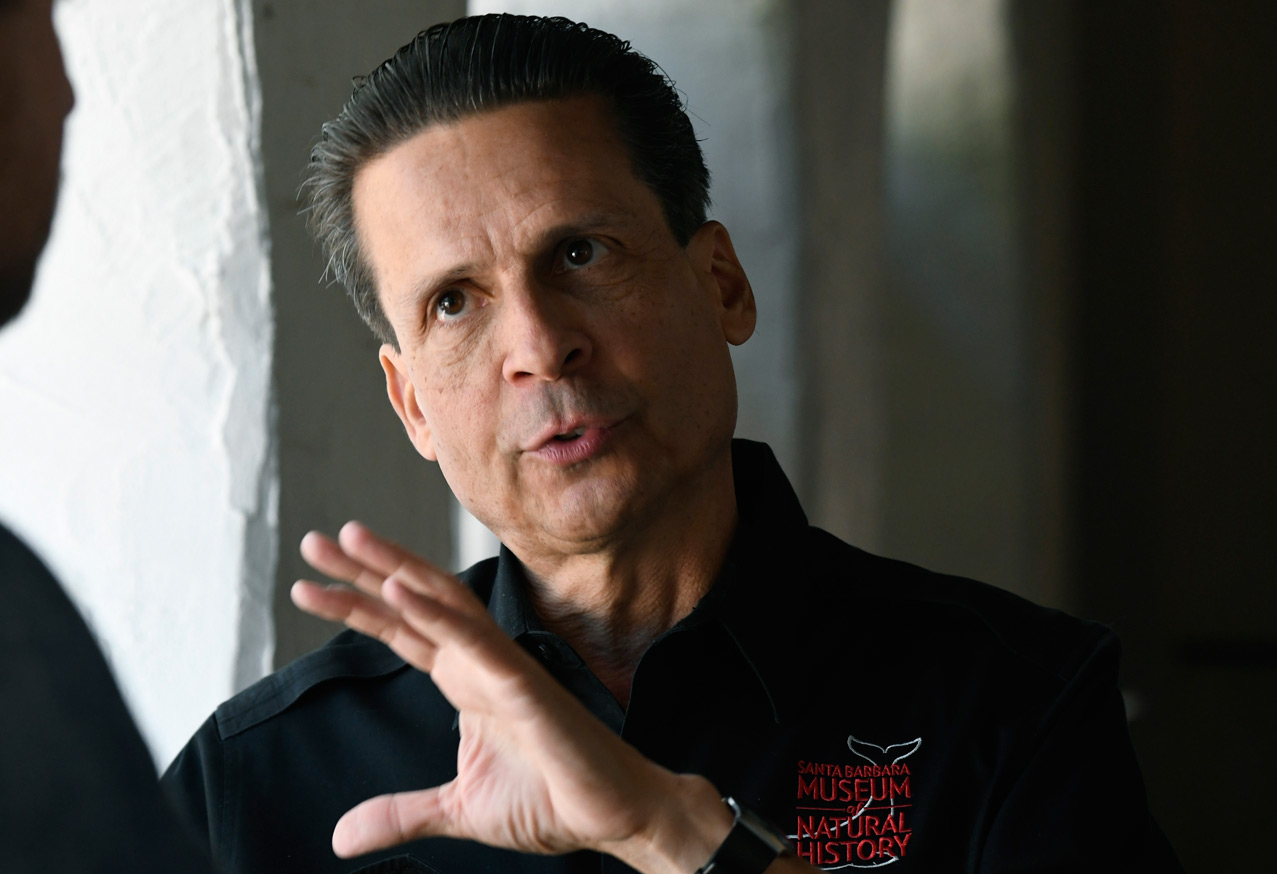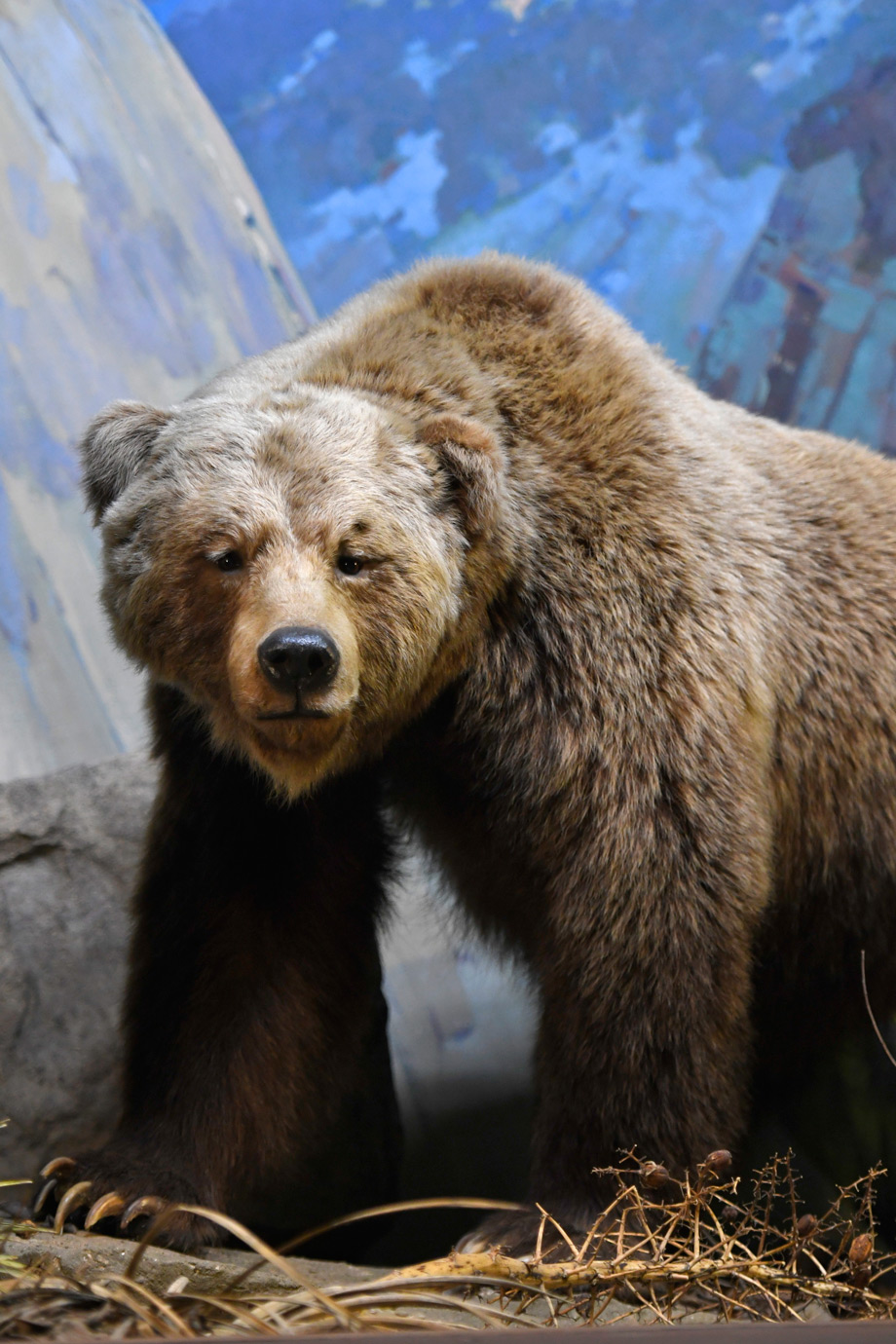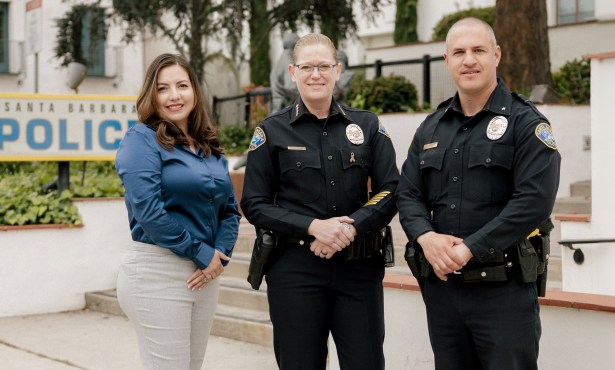Santa Barbara Museum of Natural History Unveils Major Makeover
Bird and Mammal Halls Renovated; Permanent Butterfly Pavilion Opens Later This Summer

With beaks polished, noses wetted, and feather and fur brightened with a show-dog sheening product, the taxidermied ambassadors of the Santa Barbara Museum of Natural History are ready for their close-ups.
On June 2, after eight months of major renovations and upgrades, the museum’s beloved Bird and Mammal halls will reopen alongside its Santa Barbara Gallery, a rich new space that showcases our region’s incredible abundance of wildlife, the climate changes that threaten it, and what we can do to help. “This isn’t a political thing,” said museum director Luke Swetland. “We’re telling a story with facts and science. We’re saying, as a species, we’ve been highly successful, and the question has become, how do we manage that success?”
The Saturday event kicks off a summer of big news at the museum, including the opening of both its new, permanent butterfly pavilion and its backyard and clubhouse in August.

The changes are obvious even before you walk through the door. The entire frontage has been redone with new landscaping and paving that mirrors the property’s original design and keeps pedestrians on pathways instead of in traffic along Puesta del Sol. The ivy, which attracted rats, has been replaced with beautiful blue and silver drought-tolerant plants that invite birds and insects. Right away, the large Mission Canyon property feels more cohesive. “The challenge was to knit together these disparate campuses that grew like top seed,” explained Swetland.
The alert yet furtive stares of mule deer now immediately greet visitors as they turn the corner into the Mammal Hall. Before, the glass of a mid-room exhibit blocked the dramatic view. The room has been strategically de-cluttered and relighted with nonfluorescent bulbs so that the animals stand more dramatically in their dioramas and the exhibits’ plein air paintings ― many by renowned Santa Barbara landscapist Ray Strong ― pop with soft color and inviting vistas.
The dark wood paneling has been oiled and brass accents added. The cumulative effect is a special, contemplative space that feels almost religious and a little bit steampunk. “You ought to have a feeling of reverence when you enter the room if we did the job right,” said Director of Exhibits Frank Hein.
But it’s not just the aesthetics that have been enhanced. The exhibits feature updated information and graphics and are fitted with movable dials that reflect the level of risk each species currently faces. Originally built for adults, the Mammal Hall is now more for kids, who are able to touch and feel replica skulls embedded a few feet off the ground below the dioramas.

Hein worked hard to salvage every animal he could. Some, preserved for more than 100 years, were just too far gone, such as the raccoons ― their fur was falling off to the touch. The female sea lion was a wreck, too. Others were more borderline, and Hein wanted to keep the hall as true to its roots as he could. “The bear cub was in pretty bad shape, and we could have gotten a new one,” he said of the highly involved process to track down another specimen. “But this is our bear cub.”
Over in Bird Hall, the newly laid snow of the condor exhibit glistens next to an interactive sandhill crane diorama set in the Carrizo Plain, where visitors try and mimic the birds’ courtship dance to hilarious and educational results. Simple touchscreen monitors offer more information on the exhibits without going too high-tech. That minimalism is by design, said Hein. “We wanted to be authentic to this place,” he said, “A bunch of bells and whistles would screw that up.”
Hein explained the museum opted to design all the improvements itself rather than farm out the work to a big-city firm. “We wanted to make sure it still felt like Santa Barbara’s museum.” Visitors are invited to dive deeper in conversations with staff naturalists or via the museum’s new website.
Really, the exhibits are just a base camp for further exploration, said Swetland, standing in front of a panoramic diorama that shows off the possums, skunks, and bobcats of our own backyards. “The museum is not meant to be a final destination,” he explained. “It’s meant to give you the tools and get you excited to learn more about the nature that’s all around you.”
For more information, visit sbnature.org.



